Embracing Physical Activity for DLBCL Management
Expert Insights from Dr. Joshua Brody
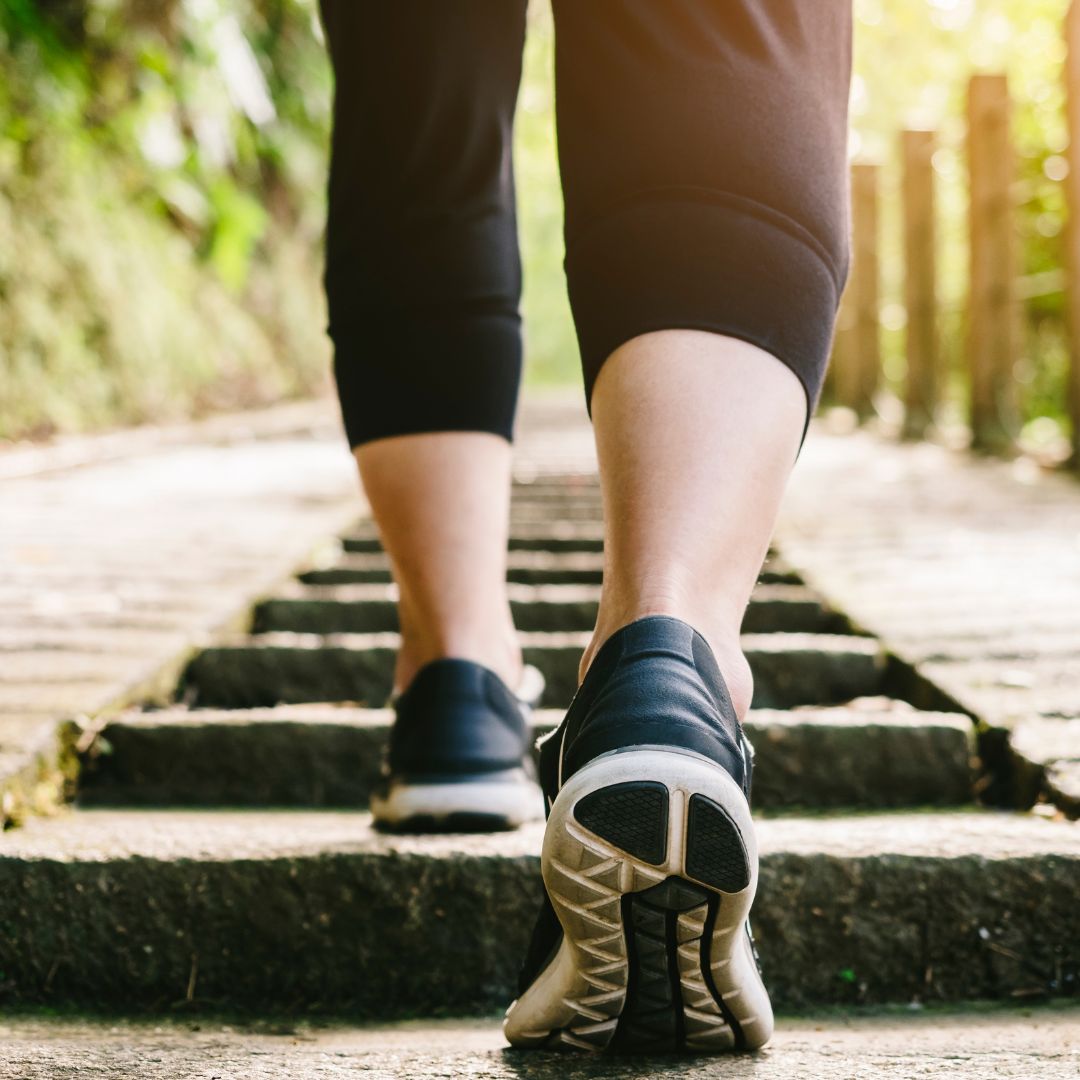
When it comes to managing DLBCL (Diffuse Large B-Cell Lymphoma), physical activity can play a crucial role in enhancing overall well-being. In this article, we delve into the valuable benefits of exercise for DLBCL patients and provide practical tips to help integrate physical activity into your daily life.
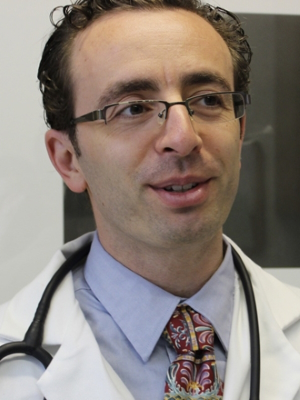
Drawing upon the expertise of Dr. Joshua Brody, the Director of the Lymphoma Immunotherapy Program at The Tisch Cancer Institute at Mount Sinai, we gained insightful perspectives on addressing patient concerns, emphasizing a healthy lifestyle, and debunking common misconceptions.
Dr. Brody’s extensive experience and groundbreaking research in lymphoma treatment offer guidance for patients seeking optimal outcomes and improved quality of life.
According to Dr. Brody, it is natural for patients to have questions and concerns driven by fear upon receiving a diagnosis. He empathizes, stating, “How did I get this? What did I do? As though someone wants to blame themselves for this. I guess it’s natural.”
Offering reassurance, Dr. Brody explains, “There’s nothing you did. You got this for the same reason that people get hit by lightning. Nothing that they did. You got this, primarily for most patients, because of one cause and one cause only: bad luck. That’s why you got this.”
Patients often inquire about diet and supplements’ impact on the condition. Dr. Brody advises, “You should eat [healthily] and be healthy. Being healthy is not just about eating; it’s about physical activity and exercise.”
While numerous studies support the benefits of physical activity and a healthy lifestyle for cancer and lymphoma patients, Dr. Brody clarifies that micromanaging specific details is unnecessary. He highlights, “We don’t micromanage and have a specific, ‘Oh, you need these blueberries, this green tea, this antioxidant.’ Healthy eating [and] healthy living is critical, but the details [are] probably not critical.”
Before starting any exercise routine, be sure to discuss physical activity with your healthcare team. Listen to your body when you need to rest or relax. Start small and keep it fun.
Easy Exercise Ideas for DLBCL Patients
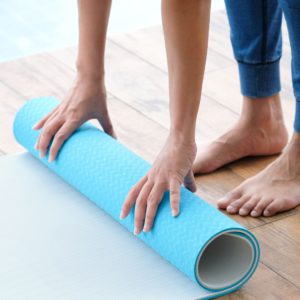
To help DLBCL patients incorporate physical activity into their daily routines, we’ve outlined simple ways to add some exercise in.
1. Take short walks: Begin with short walks around your neighborhood or nearby park, gradually increasing duration based on energy levels. Walking is a low-impact exercise that enhances cardiovascular health and overall well-being.
2. Stretching and flexibility exercises: Engage in gentle stretching exercises to improve flexibility and joint mobility. You can perform these exercises at home or with the guidance of a physical therapist. The American Cancer Society offers a helpful resource on stretching exercises.
3. Chair exercises: If mobility is limited, consider chair exercises that can be done while sitting. These exercises focus on strengthening muscles and increasing circulation. To perform the heel/toe raises exercise, have a chair with armrests and a pillow nearby. Start by placing both feet flat on the floor. Point your toes up towards your nose while keeping your heels down. Then, point your toes down towards the floor and try to lift your heels off the ground. Repeat these steps for about 30 seconds, if comfortable. For more, check out this Chair Exercise Guide by Memorial Sloan Kettering Cancer Center.
4. Yoga or Tai Chi: Incorporate gentle forms of exercise like yoga or Tai Chi, which improve balance, and flexibility, and reduce stress. In a study involving 14 patients with malignant lymphoma, a home-based yoga program was found to be safe and feasible during chemotherapy treatment. The program also showed improvements in health-related quality of life, fatigue, sleep, depression, and anxiety. However, further validation through randomized studies is necessary.
5. Household chores and gardening: Engaging in light household chores and gardening not only provides physical activity but also a sense of accomplishment. Simple tasks like sweeping, vacuuming, or light gardening contribute to daily activity levels. If you’re heading outdoors, The Leukemia & Lymphoma Society emphasizes sun safety, especially while in treatment. Plan ahead and seek shade when you can.
>>>MORE: DLBCL: The Latest Treatment and Research
DLBCL Patient Stories
Don S., Relapsed Diffuse Large B-cell Lymphoma (DLBCL)
Symptoms: Weight loss, fatigue, enlarged lymph nodes
Treatments: Chemotherapy, radiation, immunotherapy (epcoritamab)
Leanne T., Follicular Lymphoma Transformed to DLBCL, Stage 3B
Symptoms: Fatigue, persistent cough
Treatment: R-CHOP chemotherapy, 6 rounds
Robyn S., Relapsed Diffuse Large B-Cell Lymphoma (DLBCL), Stage 2E
Symptoms: Enlarged lymph nodes
Treatments: Chemotherapy: R-CHOP, R-ICE, intrathecal, BEAM; autologous stem cell transplant, head and neck radiation, CAR T-cell therapy
Stephanie Chuang
Stephanie Chuang, founder of The Patient Story, celebrates five years of being cancer-free. She shares a very personal video diary with the top lessons she learned since the Non-Hodgkin lymphoma diagnosis.


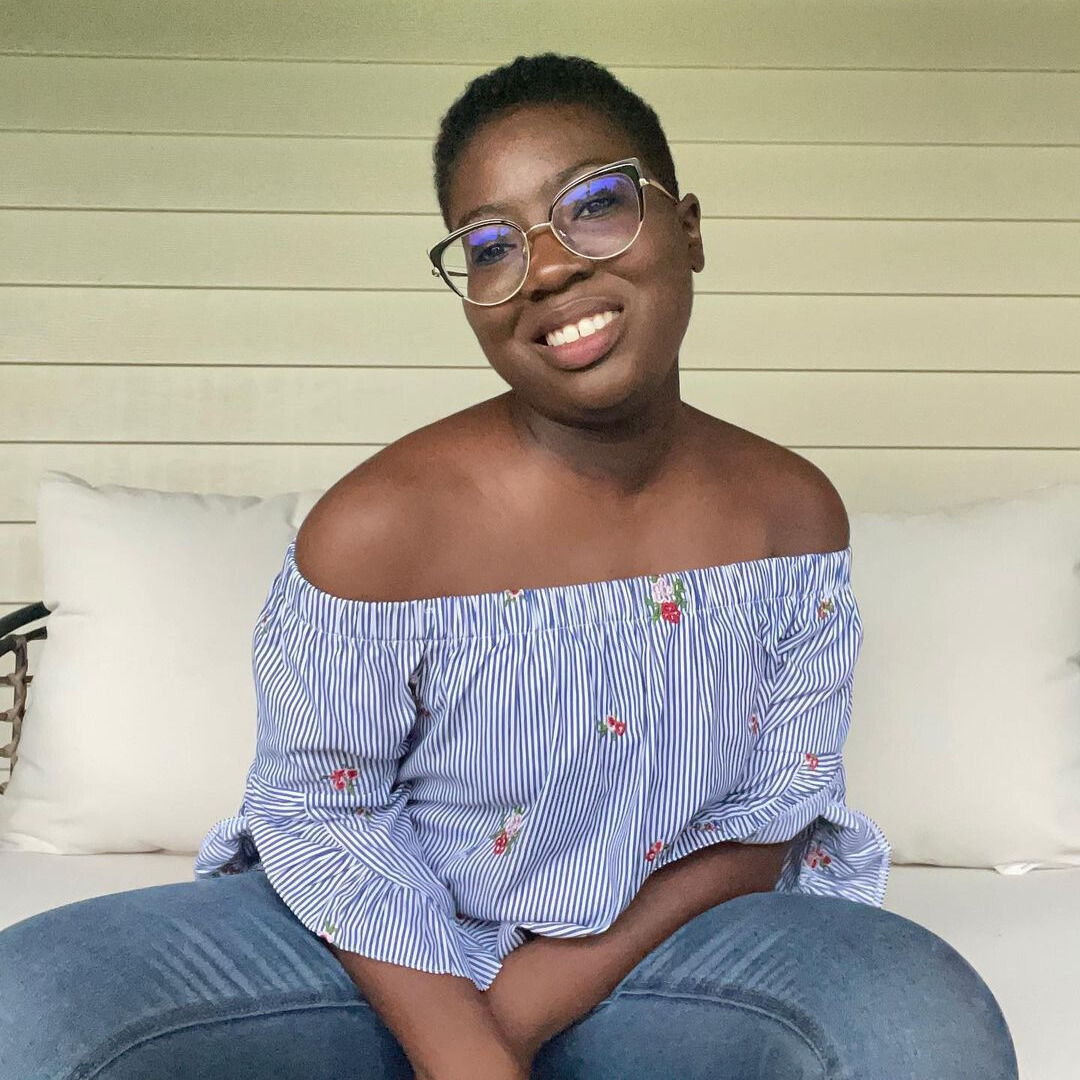
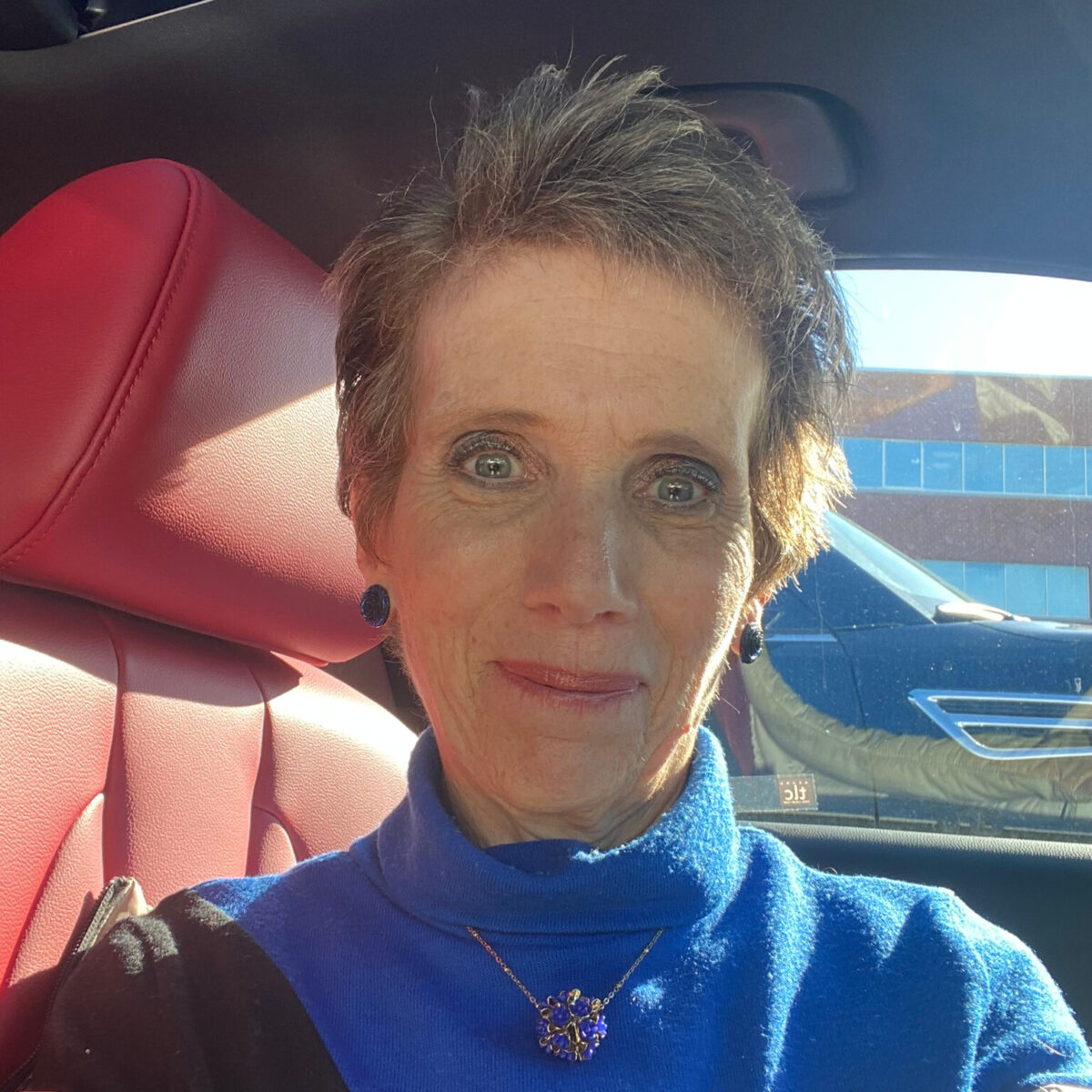
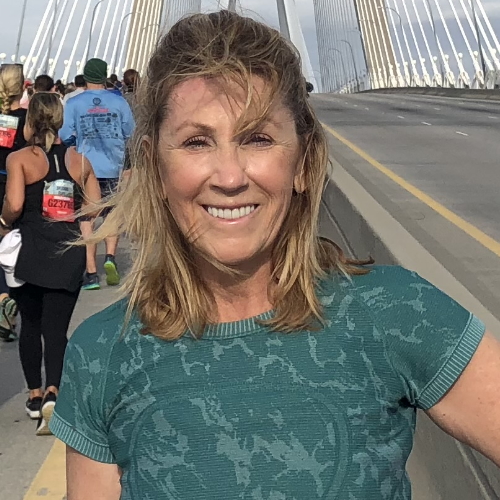

One reply on “Embracing Physical Activity for DLBCL Management: Expert Insights from Dr. Joshua Brody”
I was just diagnosed with diffuse large B cell lymphoma . Started in my sternum moved to large mass in my left upper lung and to my left overy . I am doing the more intense one than r-chop . 4 days of 80 hours of chemo in patient . With epox treatment for infusion day.